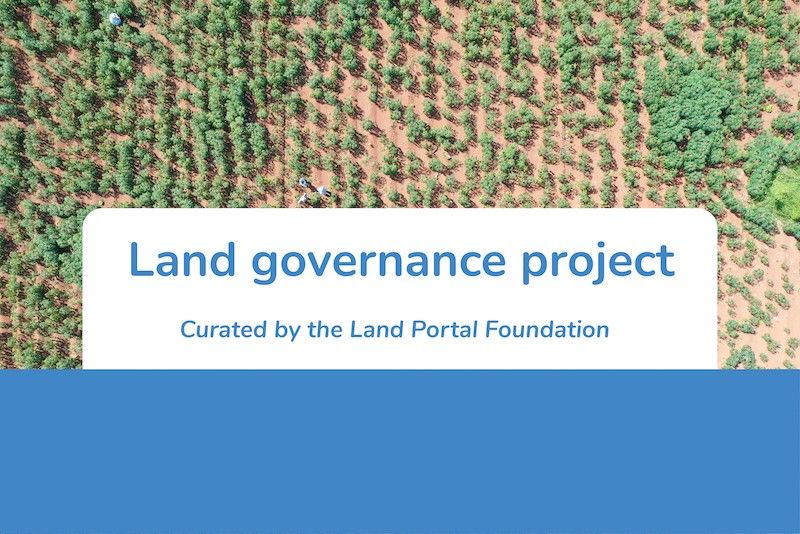Community / Land projects / Harnessing the Great Green Wall Initiative (GGWI) for a Sustainable and Resilient Sahel
Harnessing the Great Green Wall Initiative (GGWI) for a Sustainable and Resilient Sahel

€1684919.966
02/21 - 12/24
Active
This project is part of
Implementing Organisations
Donors
Data Providers
Objectives
Long term vision, which takes stock of lessons learnt from past initiatives, developed leading to institutional strengthening of the GGWI and mobilization of adequate investments for a resilient and sustainable Sahel.
Other
Note: Disbursement data provided is cumulative and covers disbursement made by the project Agency.
Target Groups
This region does not present only challenges, it has enormous potential opportunities: considerable arable land resources, significant mineral resources (petroleum, natural gas, phosphates, gold, uranium, iron, etc.), immense livestock, marine and freshwater resources. The Saharo-Sahelian area has also significant surface water resources with numerous rivers and lakes (Niger, Gambia and Senegal rivers, Lake Chad, etc.) and the large underground water tables are among the largest aquifers on the continent. The potential for solar energy is huge. The Sahel has a sunshine of about 4300 h per year with the potential to generate more than 2200kWh / m2 / year, clearly above the African average. Biodiversity (avian fauna, mammals, reptiles, insects, etc.) is rich and varied despite the great losses that the region has suffered.It should be noted that efforts to restore land in many countries have led to a regreening of certain areas, mainly due to the practice of assisted natural regeneration.The socio-economic benefits of the project are multiple at various levels: regional, national and local. The project will contribute through greater complementarity and synergy of interventions carried out through other initiatives, in particular LDCF / SCCF. This greater coherence will improve the efficiency and effectiveness of the activities with an increased impact for the benefit of the populations. The results will lead to the reinforcement of land restoration capacities and adaptation of populations to climate change. More broadly the project will contribute to the following socioeconomic and environmental medium and long term impacts.· Promote comprehensive land-use planning to better target and scale-up integrated natural resource management, including practices for landscape restoration and increased resilience,· Promote policies to increase tenure security and rights of Local Communities and Indigenous People, including pastoralists for harmonizing land use practices and reduction of conflict between resident and nomadic communities,· Promote policy options to unlock market opportunities and innovative financing for diversified livelihoods of smallholder farmers and pastoralists, and · Promote universal access to renewable energy and local carbon pathways for economic growth and development.




